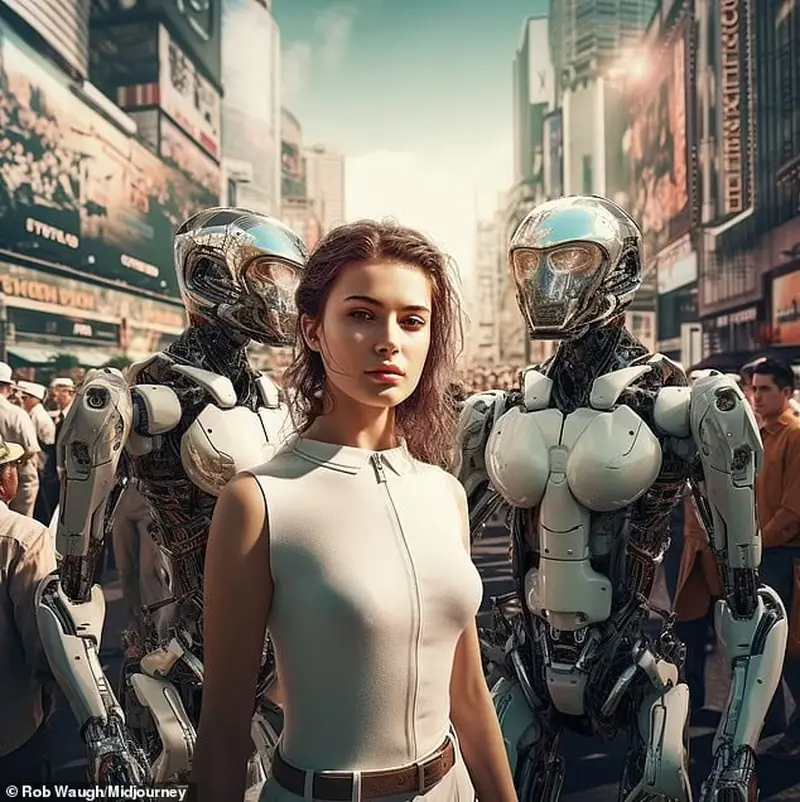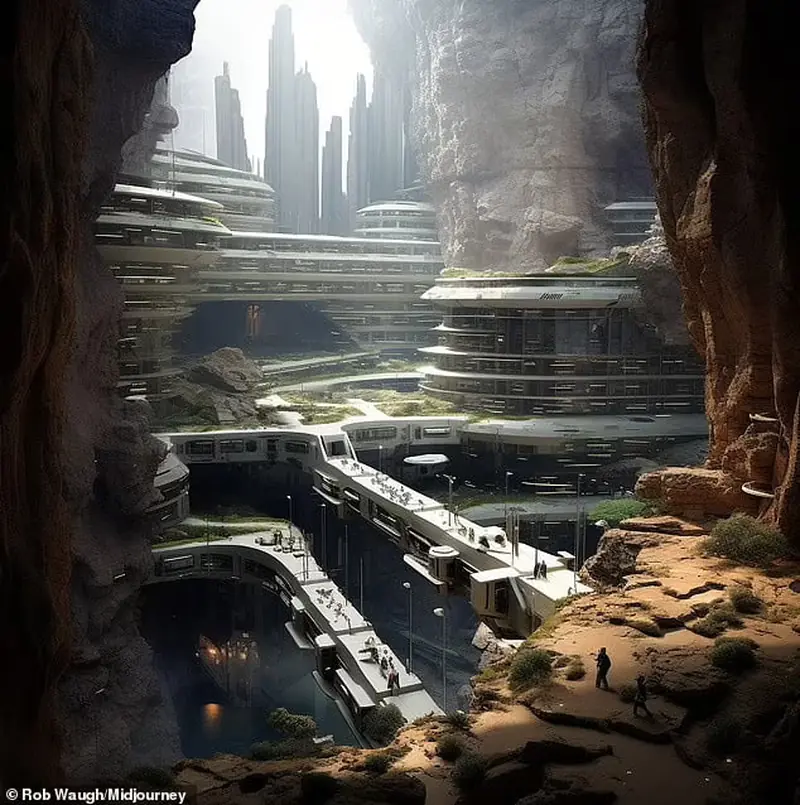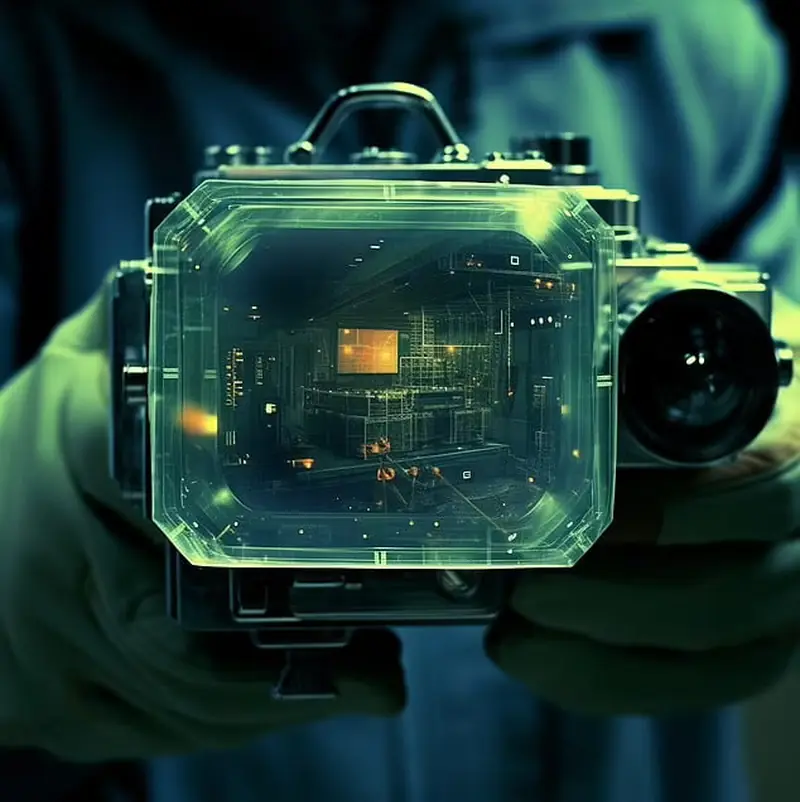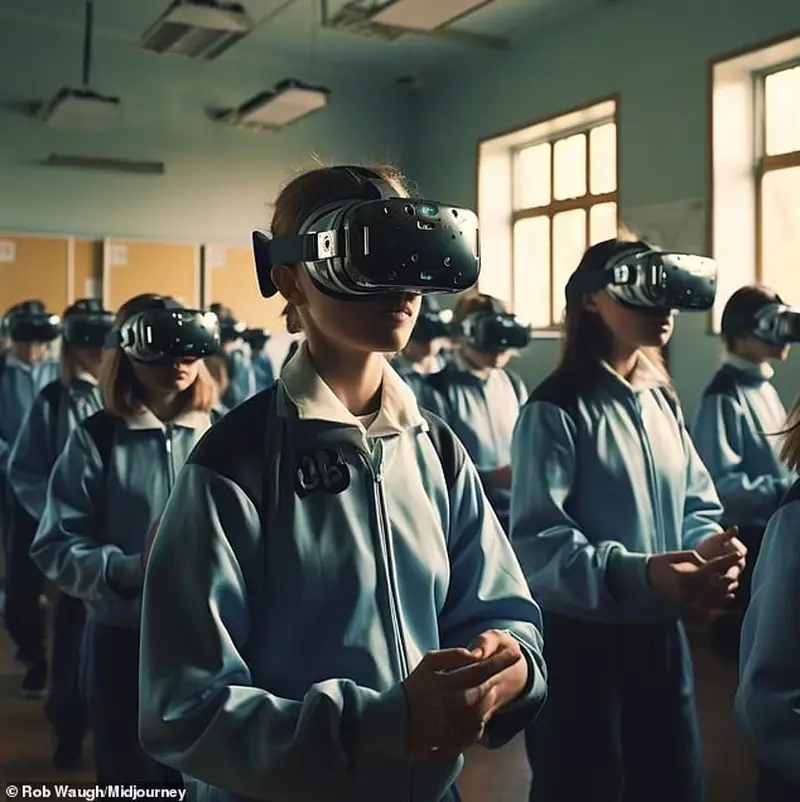
All these scenarios seem like they’ve been borrowed from science fiction movies. However, by 2100, they could very well become a reality.
Ed Johnson, the CEO and co-founder of PushFar, is confident: “By 2100, our lives won’t just be intertwined with technology.” According to the head of the company that develops software for learning and mentorship, technology will “guide, shape, and mentor us.”
So, how will technology change the world of the future?
“Digital Humans” Will Live Among Us
Humanoid robots and “digital friends” will coexist with humans, performing a variety of functions. Some will carry out complex surgical procedures, others will clean up trash, and some will simply keep us company.
Experts assert that digital humans powered by artificial intelligence and humanoid robots will become a familiar part of everyday life.
“Society will need to evolve in line with technological advancements, or we risk becoming an isolated and closed-off race,” believes Rob Sims, co-founder and CEO of Sum Vivas, a company that creates “advanced” digital humans with AI for use in today’s world and the metaverse of the future.

AI Mentors Will Decide What You Should Do
In the future, everyone will have their own personal AI mentor. This mentor will accompany them, making decisions on their behalf, including what job they should pursue, as reported by the Daily Mail.
According to Ed Johnson, these mentors will “leverage the power of quantum computing, processing data about limitless possibilities at lightning speed.”
“You won’t have to ponder which job to choose; your AI mentor will do that for you, providing all the information you need to make a final decision,” he added.
Cities Will Sink Underground
By the end of this century, above-ground space will become scarce. As a result, a significant portion of urban infrastructure will move underground. Surveyors will use augmented reality to map out new living spaces and other buildings below ground, while robots will dig tunnels there. This vision comes from the robotics firm HyperTunnel.
Meanwhile, specialists are already developing plans for underground cities. For instance, Mexican architects from BNKR Arquitectura have created designs for so-called earthscrapers—skyscrapers that grow downward. One such project features a 65-story inverted pyramid, reminiscent of the iconic structures of the Aztecs. This approach aims to address the issue of available space in Mexico City while preserving the historic center of the capital.

Watermarks on Cameras Will Protect Against Deepfakes
Governments will require camera manufacturers to equip their devices with watermarks so that people can continue to trust videos. As deepfakes become increasingly prevalent, distinguishing them from genuine content will become more challenging.
Tim Callan, director of experience at the security firm Sectigo, explained: “As deepfake technology advances, it will become difficult for people to differentiate between real photos, videos, or audio recordings. That’s why by 2100, all recording devices will have built-in encrypted tags that act as watermarks, separating authentic images from fakes.”

Children Will Attend Virtual Schools
AI mentors will take a hands-on approach to education. “They will conduct lessons in virtual reality, which students will use to travel through time,” said Nimesh Patel, CEO and founder of the educational company Kabuni.
“Imagine a world where the cornerstone of education isn’t a traditional school, but an avatar teacher,” he added.

According to the expert, education in 2100 will be engaging, expansive, and multisensory. Students will ascend virtual space elevators to study astrophysics, travel through time, and interact with their personal AI mentors.
